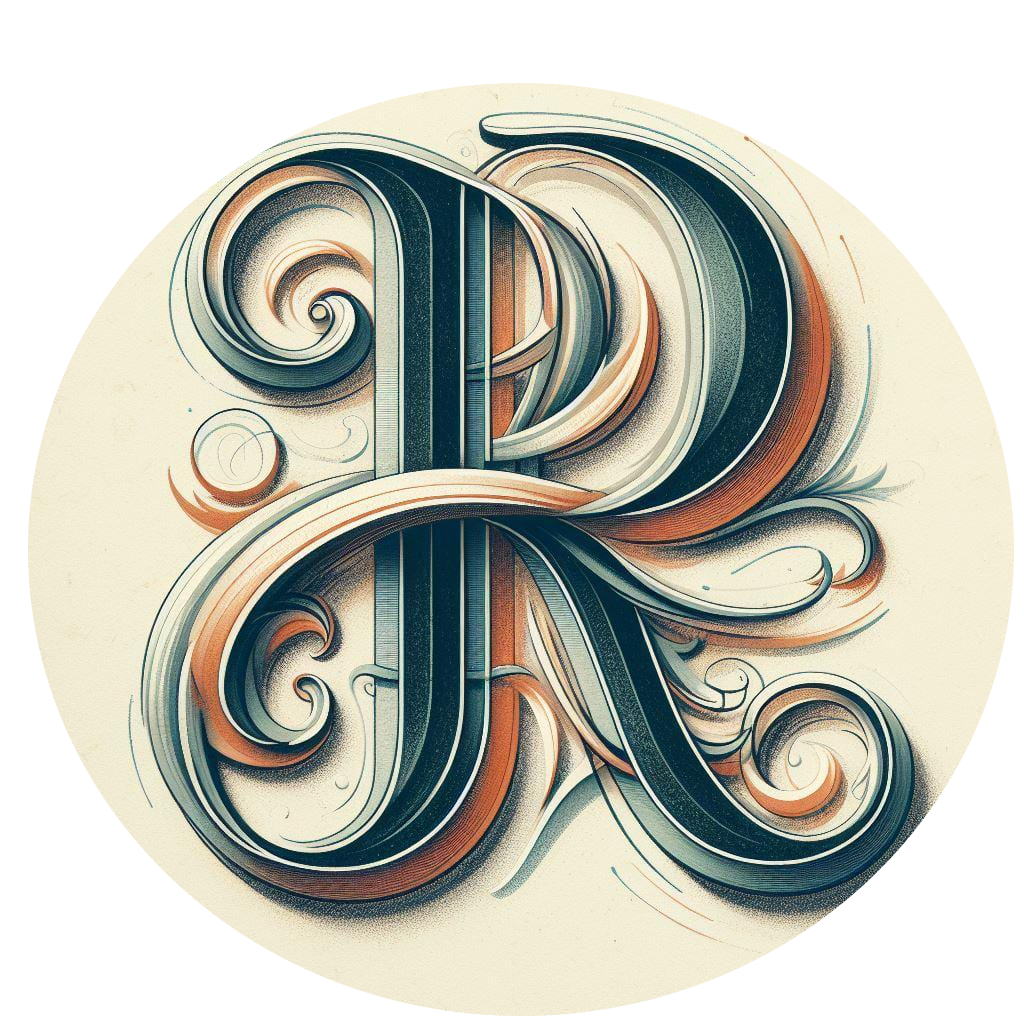Mixed Reality
Mixed reality (MR) is a technology that connects the real and virtual worlds. It allows users to view, interact with, and edit digital content in the real world. MR is a combination of Augmented Reality (AR) and Virtual Reality (VR).
One of the main advantages of Mixed Reality is its ability to create immersive and engaging experiences. For example, an MR app may allow users to explore a virtual city or interact with virtual objects in real time.
AR overlays digital content on top of the real world, while VR creates a fully immersive virtual world. MR these he falls somewhere between the two extremes. It allows users to view and interact with both real-world and digital content.
You can view and interact with virtual items as if they were right in front of you by wearing a specific headset or utilising a mobile device. You can see and hear virtual items and surroundings while remaining aware of and interacting with the actual world around you in mixed reality.
Here are some of the basic concepts of MR :
- Headset : The headset is the most important part of an MR system. It contains the display, sensors, and other hardware that allows users to interact with the real and virtual worlds.
- Tracking : The headset tracks the user’s head movements, which allows the real and virtual worlds to be rendered in a way that matches the user’s perspective.
- Input : MR systems typically use controllers or other input devices to allow users to interact with the real and virtual worlds.
- Content : MR content is the software that is used to create the real and virtual worlds. This content can be games, educational experiences, or anything else that can be imagined.
Mixed reality has applications in a variety of sectors, including architecture, engineering, and medicine. It may be used by architects to visualise building plans in a real-world setting, helping them to make better informed judgements. During an operation, surgeons can superimpose medical pictures and data onto a patient’s body, allowing them to navigate and conduct treatments with better precision.
MR can assist astronauts in performing maintenance and repairs on spacecraft and equipment. Virtual overlays can provide real-time guidance, instructions, and visualizations to astronauts, making it easier to diagnose issues and carry out repairs during spacewalks or inside spacecraft.
In a nutshell, mixed reality combines virtual and real elements to create immersive and interactive experiences. It has the potential to revolutionize the way we learn, play, work and interact with our environment, opening up many possibilities in different industries. Staying updated with the latest news and industry publications will provide the most current information on the latest developments in mixed reality.
Learning mixed reality (MR) requires combining information and abilities from different disciplines. The following fundamental subject areas and competencies might be beneficial while learning mixed reality :
Augmented Reality (AR) and Virtual Reality (VR) Fundamentals : Having a basic understanding of AR and VR concepts is essential as mixed reality combines elements of both.
Programming : A basic understanding of programming is essential for creating MR content. You should be familiar with programming languages such as C#, Java, or Python.
3D Modeling : Knowledge of 3D modeling is valuable for creating virtual objects and environments in mixed reality. Familiarize yourself with software tools like Blender, Autodesk Maya, or Unity 3D, which allow you to create and manipulate 3D assets.
Computer Vision and Tracking : Tracking the real-world surroundings and objects is a common feature of mixed reality. To comprehend how virtual objects may be anchored to the actual world, become acquainted with computer vision principles such as object detection, tracking, and spatial mapping.
User experience design : MR applications should be designed in a way that is intuitive and easy to use. You should have an understanding of user experience design principles.
Communication : Mixed reality often involves working in multidisciplinary teams, including developers, designers, and content creators. Developing good communication and collaboration skills will facilitate effective teamwork and help bring MR projects to life.
This is only the beginning; depending on the exact application of mixed reality you are interested in, like as gaming, education, architecture, or healthcare, other knowledge and abilities may be needed. As with any technology, it will be advantageous to continue studying and keep up with industry advancements.
